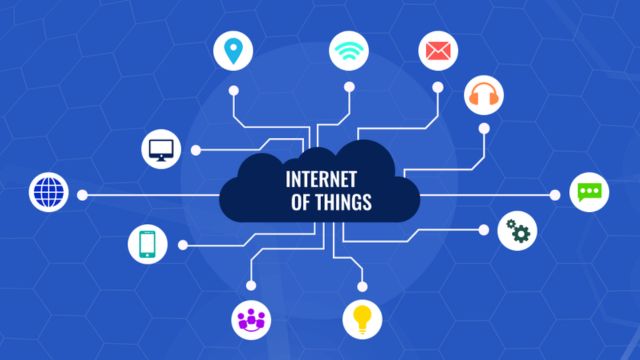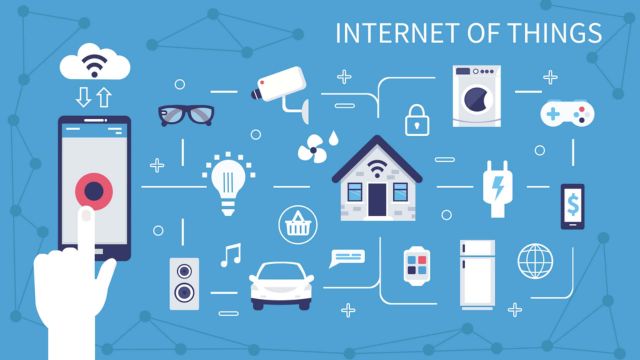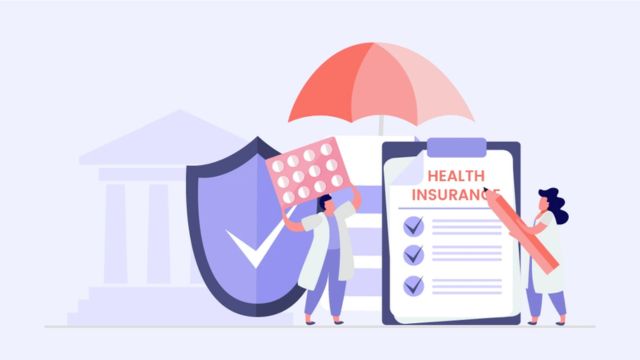Technology in healthcare has advanced like never before, and the Internet of Things is a game-changer. The Internet of Medical Things (IoMT) is changing how consumers, doctors, and healthcare professionals communicate, monitor, and manage health in real time. IoT is transforming proactive and personalised healthcare with smart devices, wearable sensors, and linked apps.
What is IoT in Healthcare?

Healthcare’s Internet of Things is a network of devices that gather, transmit, and analyze health data. Fitness trackers, smartwatches, and medical equipment monitor vital indicators, glucose levels, oxygen saturation, heart rate, and more.
IoT lets doctors remotely check patients’ health, diagnose faster, and enhance treatment outcomes using sensors, cloud computing, data analytics, and mobile technologies. Real-time warnings and information enable people to manage their health.
Key Smart Health Monitoring System Components
Wearable Devices:
Smartwatches, fitness bands, and other wearable health gadgets constantly track physiological parameters like heart rate, sleep patterns, body temperature, and blood pressure.
Remote Monitoring Equipment:
Devices such as connected blood pressure monitors, glucometers, and pulse oximeters enable healthcare providers to monitor patients remotely, reducing the need for frequent hospital visits.
Mobile Health Applications (mHealth):
Apps installed on smartphones or tablets receive data from connected devices, provide alerts, track medical histories, and even schedule appointments or teleconsultations.
Cloud Storage and Analytics:
Health data collected by devices is stored securely in the cloud and analyzed using advanced algorithms. This enables healthcare professionals to spot trends, predict potential issues, and personalize treatment plans.
AI and Machine Learning Integration:
Artificial intelligence enhances IoT capabilities by analyzing vast amounts of health data to deliver insights, detect anomalies early, and suggest preventive measures.
Smart Health Monitoring System IoT Benefits
Real-Time Monitoring:
Continuous health tracking helps in the early detection of medical conditions, often before they become severe. Immediate data transmission to healthcare providers enables faster response in emergencies.
Enhanced Patient Engagement:
Patients receive direct access to their health information, leading to better awareness, self-management, and compliance with treatment plans.
Cost Efficiency:
Remote monitoring reduces hospital admissions, re-admissions, and the need for in-person consultations, leading to significant savings for both patients and healthcare institutions.
Improved Chronic Disease Management:
Conditions like diabetes, hypertension, and heart disease require constant monitoring. IoT devices allow for personalized, 24/7 disease management, improving outcomes and quality of life.
Better Resource Management:
Hospitals and clinics can optimize resource allocation by remotely monitoring stable patients, reserving intensive care for those in critical need.
IoT-Based Health Monitoring Challenges
While the benefits are evident, IoT integration in healthcare also offers challenges:
Data Security and Privacy:
As health data is highly sensitive, protecting it from breaches and unauthorized access is a top priority. End-to-end encryption and secure cloud platforms are essential.
Device Interoperability:
Different manufacturers use different standards, making it difficult to integrate devices seamlessly into a unified system. Standardization efforts are crucial for greater efficiency.
Technical Reliability:
IoT devices must maintain accuracy, reliability, and uptime. Battery life, connectivity issues, and device malfunctions can pose risks if not properly managed.
Regulatory Compliance:
Healthcare IoT solutions must adhere to strict regulations and standards to ensure patient safety and data protection, which can be a complex process.
The Future of Healthcare IoT
Health monitoring systems will increasingly use IoT. 5G connectivity will improve real-time data transmission by speeding up and boosting device communication. AI and machine learning will improve analysis and prediction models, enabling early diagnosis and preventive healthcare.
IoT will be demonstrated via smart hospitals, which include networked systems and automated processes. Robotic operations, wearable biosensors that provide doctors feedback, and AI-driven individualized treatment plans may become common.
IoT will also contribute to aged care and rehabilitation by providing family and caregivers with real-time patient updates and prompt interventions.
Conclusion
Health monitoring is becoming smarter, faster, and more tailored thanks to the Internet of Things. IoT-driven health monitoring solutions are enabling proactive, preventative healthcare with real-time tracking, predictive analytics, and patient interaction.
Data security and device standards are important, but the benefits exceed them. IoT will power a more connected, efficient, and patient-centered healthcare system that improves lives worldwide as technology advances.
Stay ahead in the digital revolution with Digital India MIB! Discover the latest innovations, smart solutions, and technology insights that shape the future. Join us to explore how digital advancements are transforming lives and industries. Start your digital journey with us today!













